- Write by:
-
Thursday, July 15, 2021 - 13:40:20
-
475 Visit
-
Print
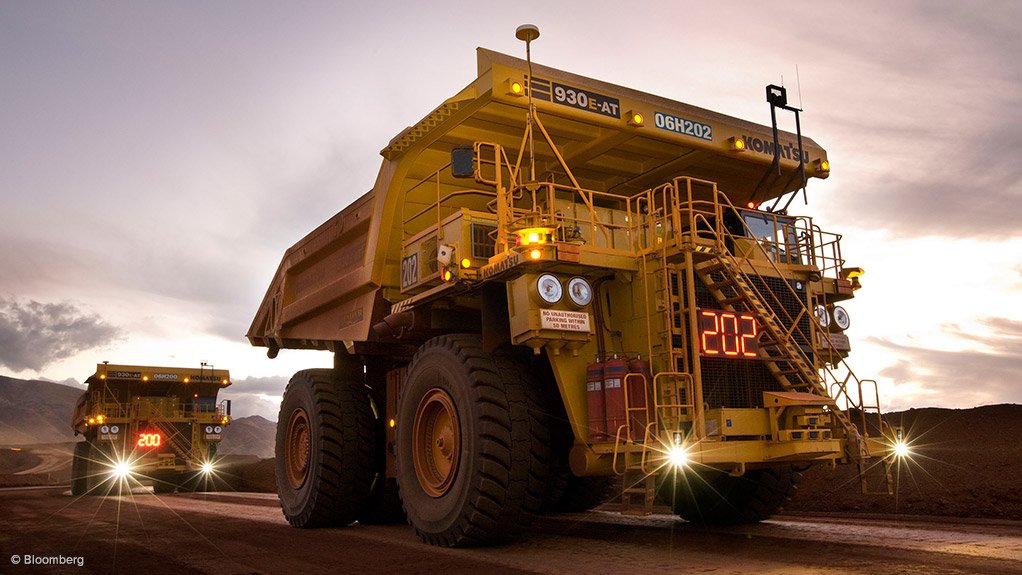
Mining News Pro - The Queensland Resources Council’s (QRC's) latest 'State of the Sector' report shows more than 70% of CEOs surveyed were now investing in low emission technology (LET) research compared to 40% in 2019, and that nearly 22% were using renewable energy to power parts of their operations.
QRC CEO Ian Macfarlane said today the level of industry investment in new technologies will continue to rise rapidly as resources companies strive to reduce emissions.
The QRC’s March 2021 quarterly report shows 65% of member company CEOs expect to undertake investments to reduce emissions from their own operations over the next 12 months.
“Queensland resources companies are working hard to lower emissions and reduce costs by improving energy efficiency, adopting renewable energy and investing in co-generation or the latest low-emission research,” Macfarlane said.
“Our goal is to work towards a sustainable resources sector that produces a mix of traditional and renewable energy, along with the raw materials to achieve that, to meet growing world demand for Queensland commodities.
“If the industry gets this right, and we have the right policy settings in place to support sustainable growth, Queensland will benefit from the new investment, jobs and prosperity that come from our sector for generations to come.”
Based on Queensland Treasury’s most recent forward estimates, traditional resource exports of coal, liquefied natural gas (LNG) and metals will continue to be major contributors to the state economy and employment.
The QRC on Thursday noted that coal export volumes are predicted to rise by 23% out to 2024/25 and LNG and metals exports are expected to remain stable for the same period.
Treasury figures also anticipate a broadening of the resources sector owing to increasing demand for Queensland’s critical minerals and rare earths used in the production of emerging technologies.
“In more good news for the state’s resources sector, a recent International Energy Agency report said reaching the goals of the Paris Agreement would mean a quadrupling of mineral demand for clean energy technologies by 2040.
“An even faster transition, to hit net-zero globally by 2050, would require a six-fold rise in demand for minerals by 2040, largely driven by the increasing use of electrification, electric vehicles and battery storage,” the QRC said.
Macfarlane said the resources industry is already well down the path of electrification, a critical first step in reducing the emission footprint of operations.
“Many of our company’s compressor stations, conveyor belts, draglines, grinding mills and reverse osmosis plants are already electrified.
“Our CEOs are telling us they’re considering everything from green power contracts to battery-operated underground vehicles as a way to reduce their carbon footprint.”
The latest 'State of the Sector' report also confirmed the number one concern for Queensland CEOs, for the seventh consecutive quarter, is the global economy.
This is followed by concerns about the industry’s social licence to operate, which sits in equal second place with concerns about uncertain or poor government regulation.
“Social licence to operate has moved from fourth to second place in this latest report, which shows CEOs know they need to meet community expectations around a project’s environmental impact and social benefits,” Macfarlane said.
“Likewise, the importance of having the right policy settings in place to attract global investors and stimulate growth is an absolute priority for our industry.
“That’s why the QRC is working so closely with the state government on rolling out a game-changing Queensland Resources Industry Development Plan.
“This plan has the potential to set Queensland up for sustainable growth across the resources sector for decades, and to become a reliable, trusted supplier of high-quality energy and materials to the world."
Meanwhile, Queensland Resources Minister Scott Stewart said the international demand for clean energy technology like batteries and renewables was forecast to drive a six-fold increase in the market for new economy minerals.
“Our world-class resources sector is central to Queensland’s plan for economic recovery from the Covid-19 global pandemic,” he said.
“The government has been well ahead of this international trend with our focus on identifying and developing deposits of minerals like cobalt, copper, rare earths and vanadium in the North West Minerals Province. Our coal and petroleum resources are the mainstay of our resources output and jobs.”
Stewart said that the QRC 'State of the Sector' report showed that resources chiefs were confident Queensland was also well-positioned as a supplier of these new economy minerals.
“Government initiatives like our five-year A$24-million New Economy Minerals Initiative are ensuring the world will be buying Queensland resources, fuelling Queensland jobs, well into the future.”
The New Economy Minerals Initiative aims to encourage new exploration, re-investigate old mines and probe the geological information government holds already to foster new discoveries, projects and jobs.
Short Link:
https://www.miningnews.ir/En/News/614999
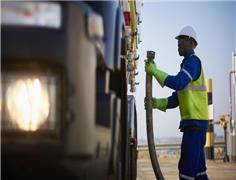
A Russian arbitration court ruled on Monday that four units of Swiss commodities trader Glencore will pay more than 11.4 ...

China’s state planner on Friday finalized a rule to set up a domestic coal production reserve system by 2027, aimed at ...
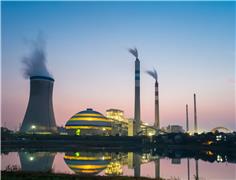
The world’s coal-fired power capacity grew 2% last year, its highest annual increase since 2016, driven by new builds in ...
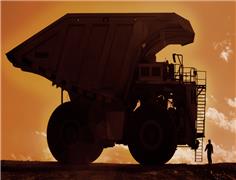
Peabody Energy Corp. shares sunk to the lowest in seven months after the biggest US coal miner warned that first-quarter ...
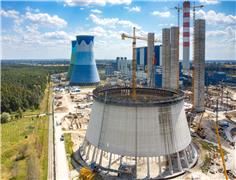
Polish government is abandoning plans to separate coal-fired power plants into a special company and is considering ...
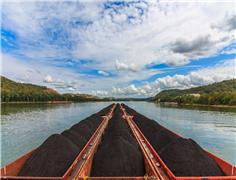
BMO Bank quietly dropped its policy restricting lending to the coal industry in late 2023, helping it avoid being ...
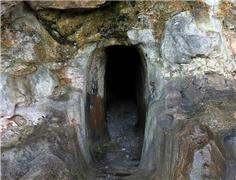
Researchers at the University of Edinburgh discovered that bacteria found in areas polluted by acid mine drainage had ...
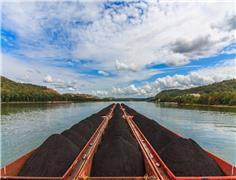
BMO Bank quietly dropped its policy restricting lending to the coal industry in late 2023, helping it avoid being ...
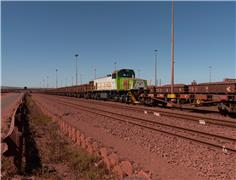
Iron ore reversed direction after dropping to its lowest level in 10 months as optimism that the country’s economic ...
No comments have been posted yet ...